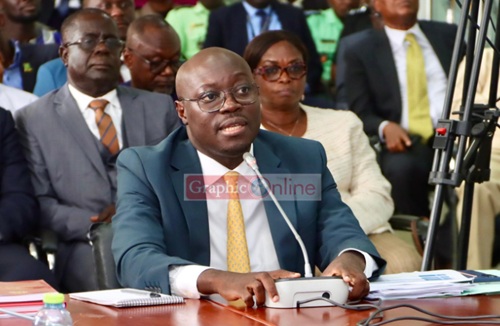Despite Kamala Harris’ loss, pro-abortion rights activists are celebrating the results of the 2024 election, arguing that abortion rights won.
“When we look at the election results from this week, we saw voters in states that are really different from each other, in large majorities support abortion rights,” Elisabeth Smith, the director of state policy at the Center for Reproductive Rights, told ABC News in an interview.
Abortion was a central issue in Harris’s campaign as she sought to draw a stark difference between her vision for the country and President-elect Donald Trump’s. But, exit polling shows some supporters of abortion rights still voted for Trump, despite Roe v. Wade being overturned as a result of his U.S. Supreme Court appointments.
The battlegrounds of Arizona and Nevada were among 10 states with abortion on the ballot Tuesday. Some strategists hypothesized that this would boost turnout among the majority of voters who support legal abortion, aiding Democratic candidates in the process.
Trump‘s approach, focusing on states’ rights, appeared to resonate with voters who didn’t view abortion access as incompatible with a Trump presidency. In Arizona, 23% who voted “yes” on the state’s initiative enshrining abortion rights in the state constitution also voted for Trump. In Nevada, where another abortion rights measure was approved, 27% of “yes” voters elected Trump.
This followed at the national level. Among the two-thirds of voters who said abortion should be legal in all or most cases, 28% voted for Trump; that included 30% in Arizona, 33% in Nevada and 36% in Florida.
Supporters of legal abortion still broke strongly for Harris, but partisan elasticity on the issue did not cut both ways. As Harris made abortion access a central focus of her campaign, she won only 9% of voters who said abortion should be illegal in all or most cases. In Arizona, anti-abortion voters made up 31% of the electorate and backed Trump by 95%.
“In thinking about what seems like a contradiction, research has shown that Americans — when there is an abortion ballot or abortion-protecting constitutional amendment or initiative on the ballot — they don’t see abortion as a partisan issue,” Smith said. “Americans see abortion as an issue of liberty and of freedom.”

In 2022, 10% of voters in the state of Kentucky voted against the restrictive constitutional amendment that was on their ballot and for Rand Paul — a senator who has made his opposition to abortion rights known,” Smith said.
Trump has also told voters that there won’t be a federal abortion ban and it could be that voters were persuaded by him, Smith said.
I don’t think that people know that a federal abortion ban would preempt state constitutional protection. So I think there could also be this sense ‘I’m voting yes on this amendment, and that means my state is fine,'” Smith said.
At least 14 states have ceased nearly all abortion services since Roe v. Wade was overturned. In total, 21 states have restrictions on abortion in effect.
Seven of the 10 states with abortion on the ballot are projected to vote in favor of abortion rights while three states are projected to uphold abortion restrictions — marking a first since the U.S. Supreme Court overturned Roe v. Wade. Six states previously voted in favor of abortion rights in the 2022 midterm elections.

In Florida, 57% of voters voted in favor of enshrining protections for abortion rights in the state’s constitution, but the measure failed to reach the 60% threshold it needed to pass. Still, abortion rights groups dubbed this measure a success, saying a majority of voters sided with abortion.
Abortion won big,” said Gretchen Borchelt, the vice president for reproductive rights and health at the National Women’s Law Center, at a press conference Wednesday. “If not for the rigged rules and for the very intentional and purposeful efforts to confuse and mislead voters and change the goal post and change the rules, abortion access would have won, certainly in Florida but in Nebraska and South Dakota too.”
In Nebraska, two contradicting abortion-related amendments on the ballot confused voters, likely contributing to the failure of the initiative, Smith argued.
“There is research, outside of the abortion context, but about ballot initiatives that show that when voters are confronted with two choices on the same question, that creates a lot of confusion about what people are voting for. And in Nebraska, when signatures were being collected, there were voters who alleged that they were told they were signing the abortion rights petition and later found out they had signed the petition against abortion rights,” Smith said.

Despite the success of ballot initiatives, advocates need to make it more understandable to people that their elected officials greatly determine their ability to access reproductive healthcare like abortion, Kelly Baden, the Guttmacher Institute’s vice president of policy told ABC News in an interview.
“Women are dying from these abortion bans. And so unfortunately, to to see that that reality wasn’t sufficient for people to fully prioritize abortion rates up and down the ballot in every way possible is it’s a tough pill to swallow,” Baden said.
Seven states did soundly declare their support for abortion, active rights via ballot measures and I think there’s a bigger conversation of how and why people are able to make that make sense in their own voting patterns. That is a problem that predates Trump,” Baden said.










